
*Disclosure: I get commissions for purchases made through links in this post.
I'm reading Emily Freeman's A Million Little Ways right now — so many good words and such a fresh perspective on life and living and grace and art. Created in the image of God, we are called to serve and give and create in a multitude of ways — ways that reflect His glory. The journey to discovering these callings is a personal one and as I read Emily's account of her story, I see pieces of my own journey.
"My life is the city but my soul is the sea."
These words practically jumped off the page when I read them.
We've all had those moments when life feels adventurous and exciting. We thrive on the hustle and bustle of those around us and we feel as if we're on top of the world. Life is big and grand like the intimidating lines and finely-crafted architectural detail of the early skyscrapers, built a century ago and still standing majestically along Main Street. There in the distance — our name in lights.
And then there are those days when we want to hide. When we drive to a place where no one will find us because stepping into the warm rays of sunlight that hit our front steps and facing the world seems too much to bear. Instead of attention and a desire to be noticed, to be known, we long for security, for peace, for stillness. Our souls long for refreshment and solitude.
Rochester is a mid-size city.
We say it's just the right size for us: lots of arts and culture; small restaurants with a cozy, neighborhood feel; and you can get anywhere in about 20 minutes. I've grown used to the refrigerated delivery trucks parked outside on Tuesday and Thursday mornings, the street sweeper, the beeping of the bus as it pauses mid-route at the stop around the corner. There's something comforting about it all — life being lived around you, people coming and going, a sense of community.
But then there are those moments when city life stops for a moment. There's a lull in the traffic on East Avenue. The only other person out walking is far in the distance. The only sounds are those of the birds happily chirping in the nearby crabapple and the wind gently nudging its branches.
I love these moments.
Instinctively, I take in a deep breath. I notice the pool blue sky, the white petals of the dogwood falling along my path, the fluffy peonies larger than the size of my hand. And then I remember that though my life is the city much of the time, my soul is the sea.





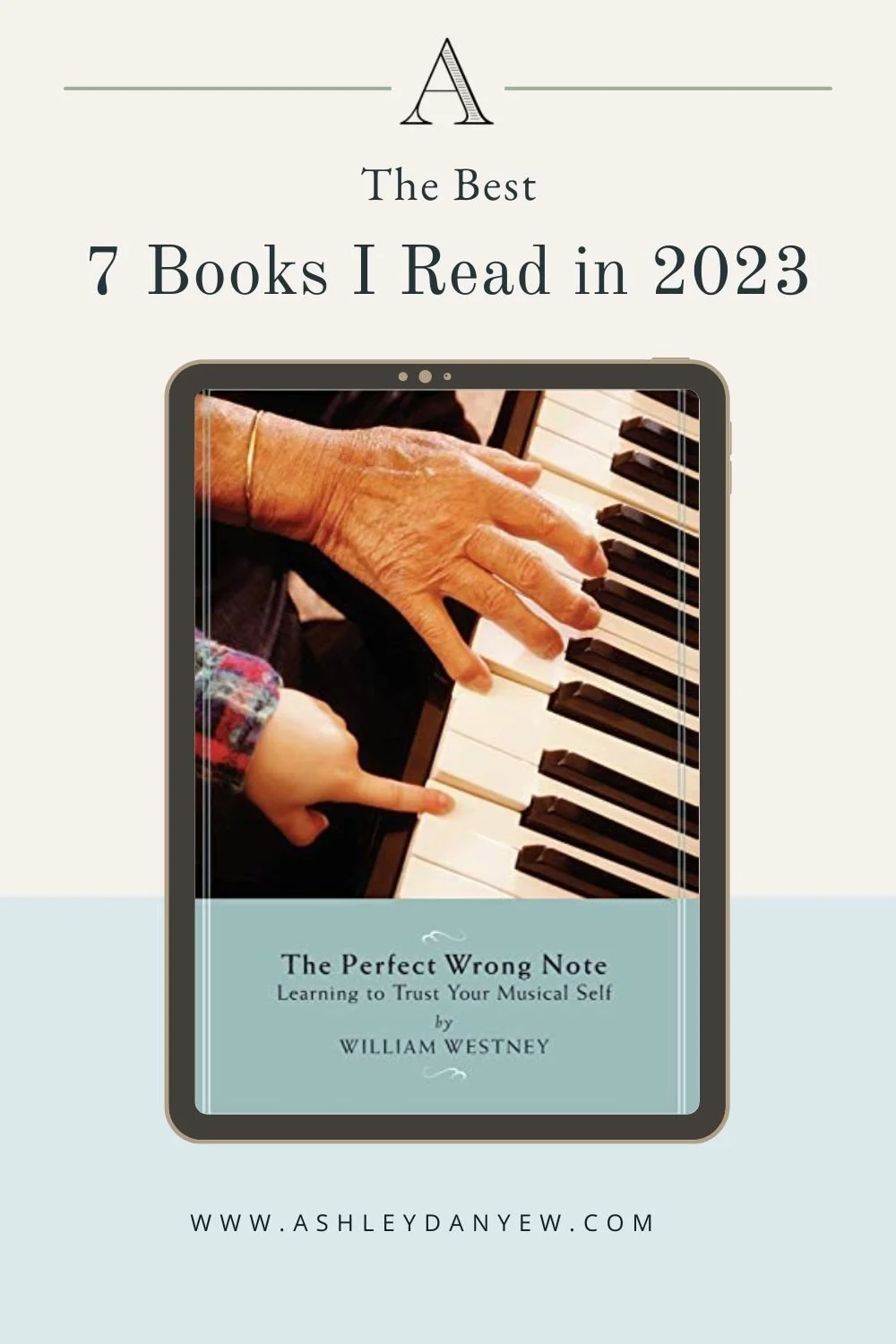
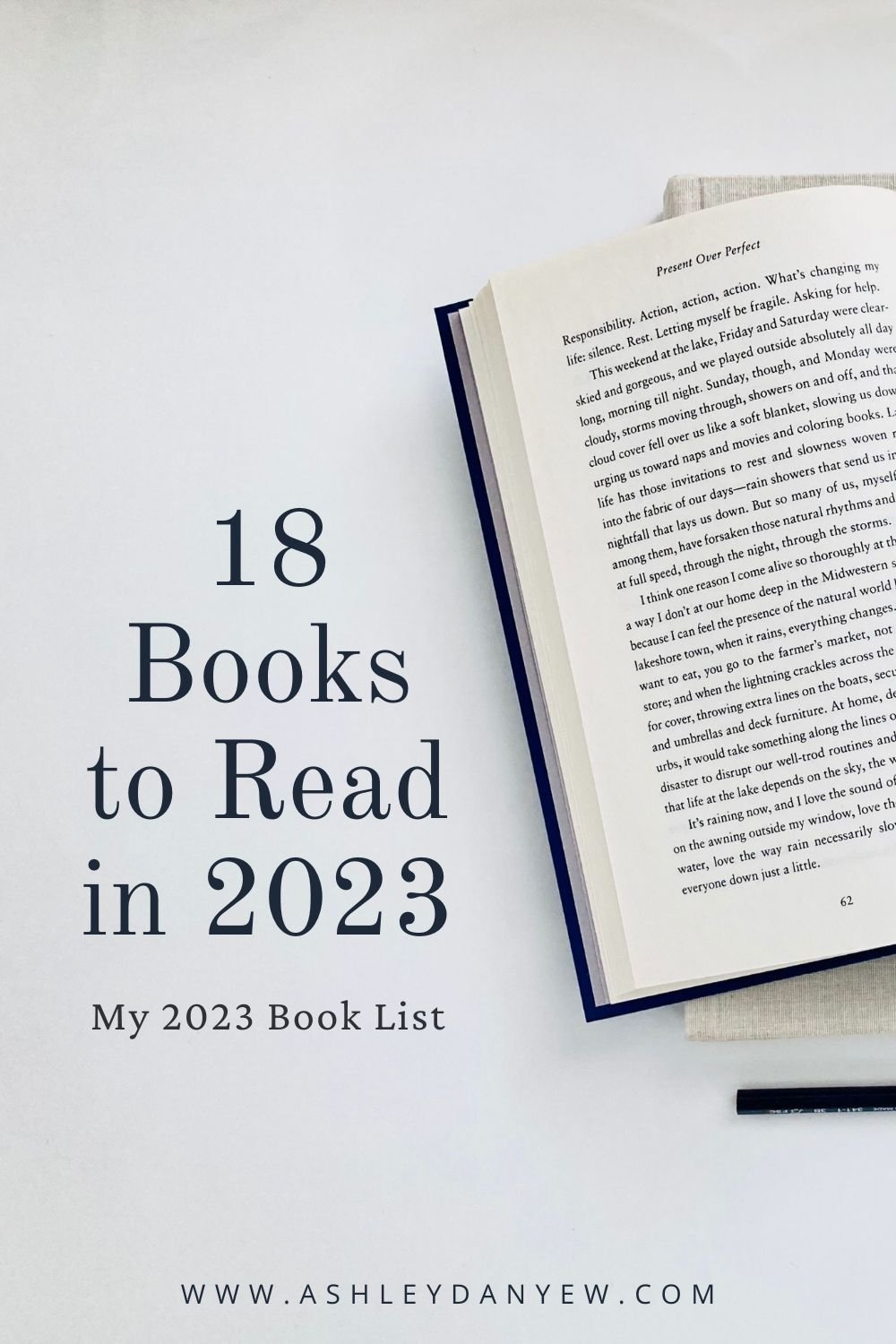




















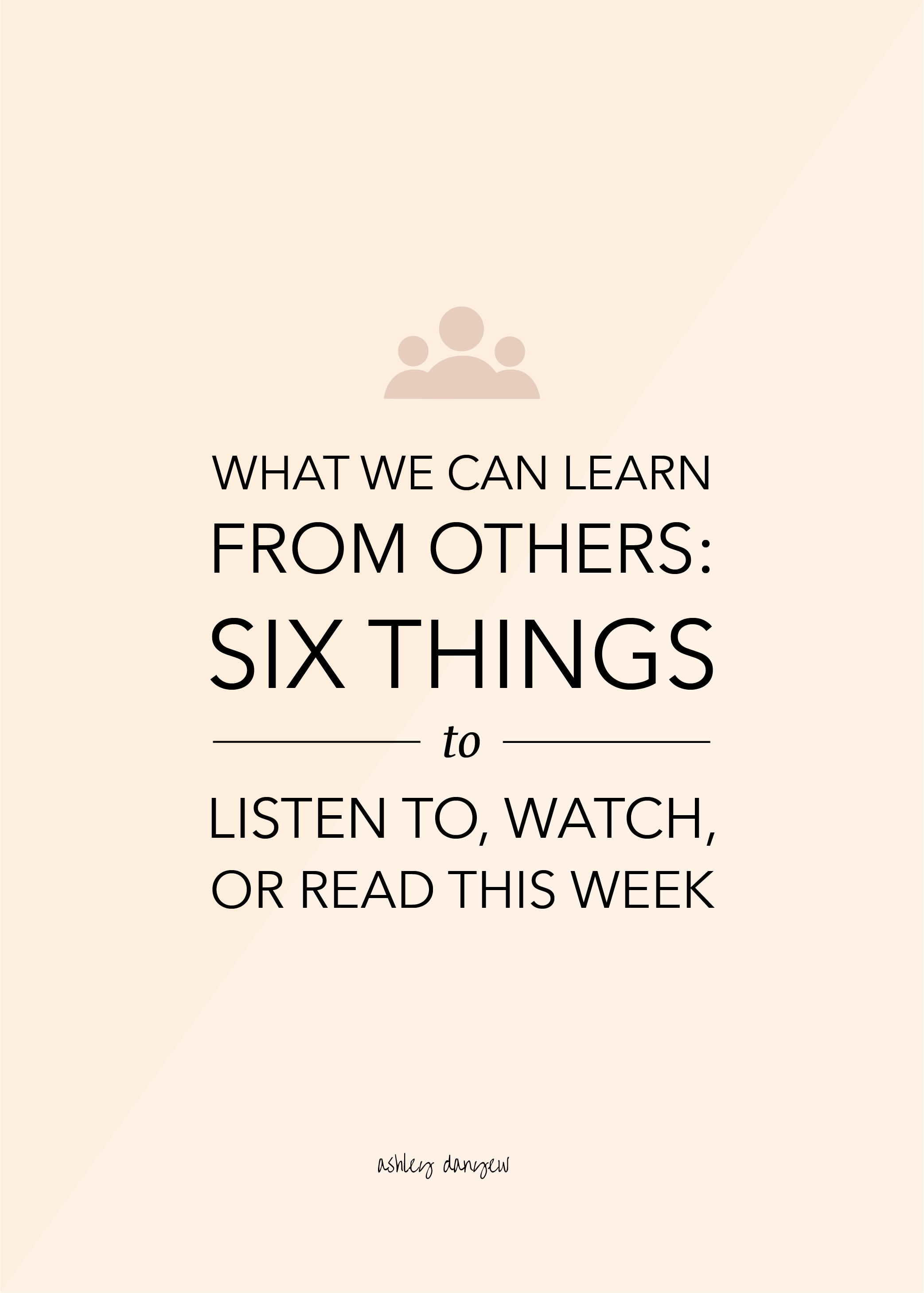






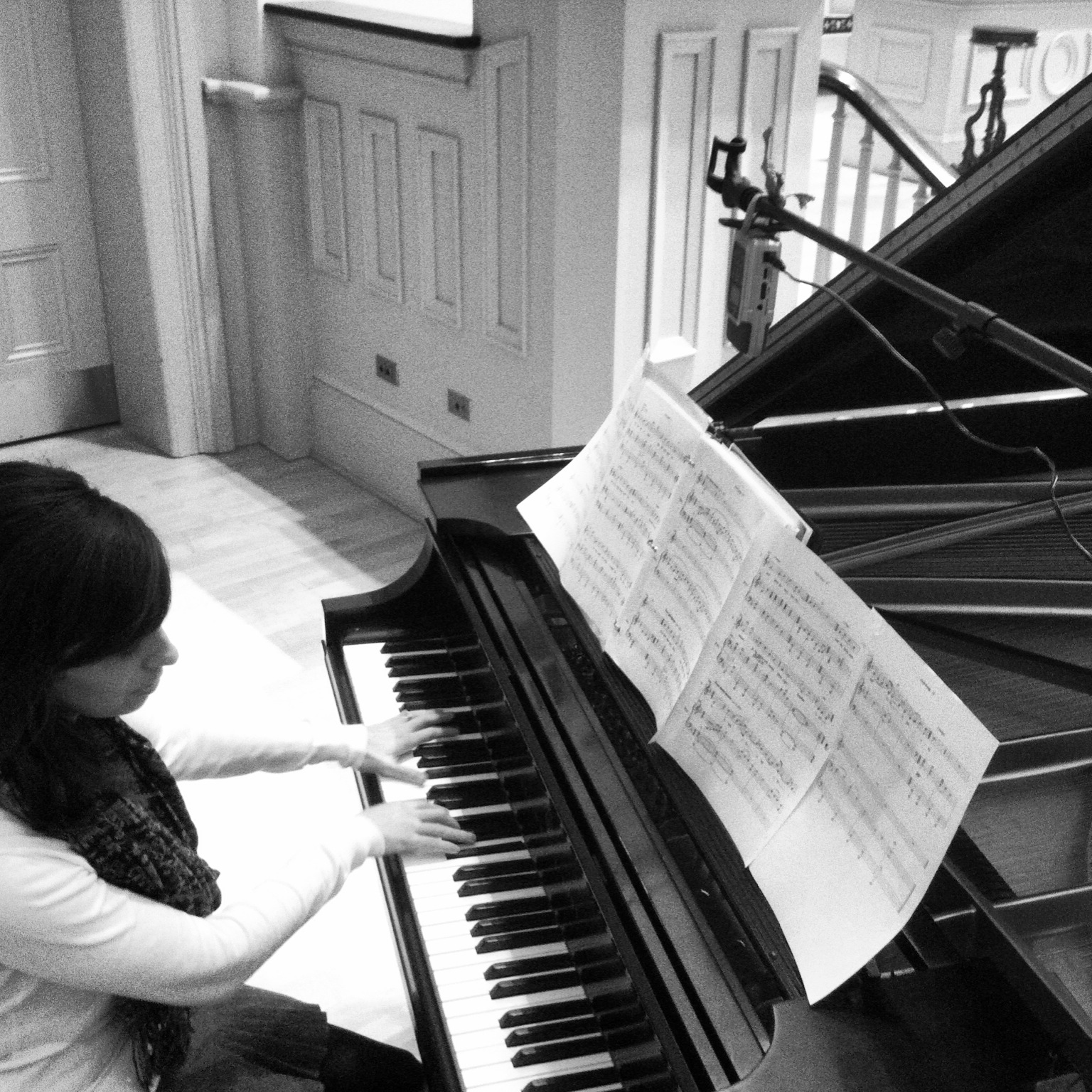 A few months ago, I had the privilege of recording part of
A few months ago, I had the privilege of recording part of 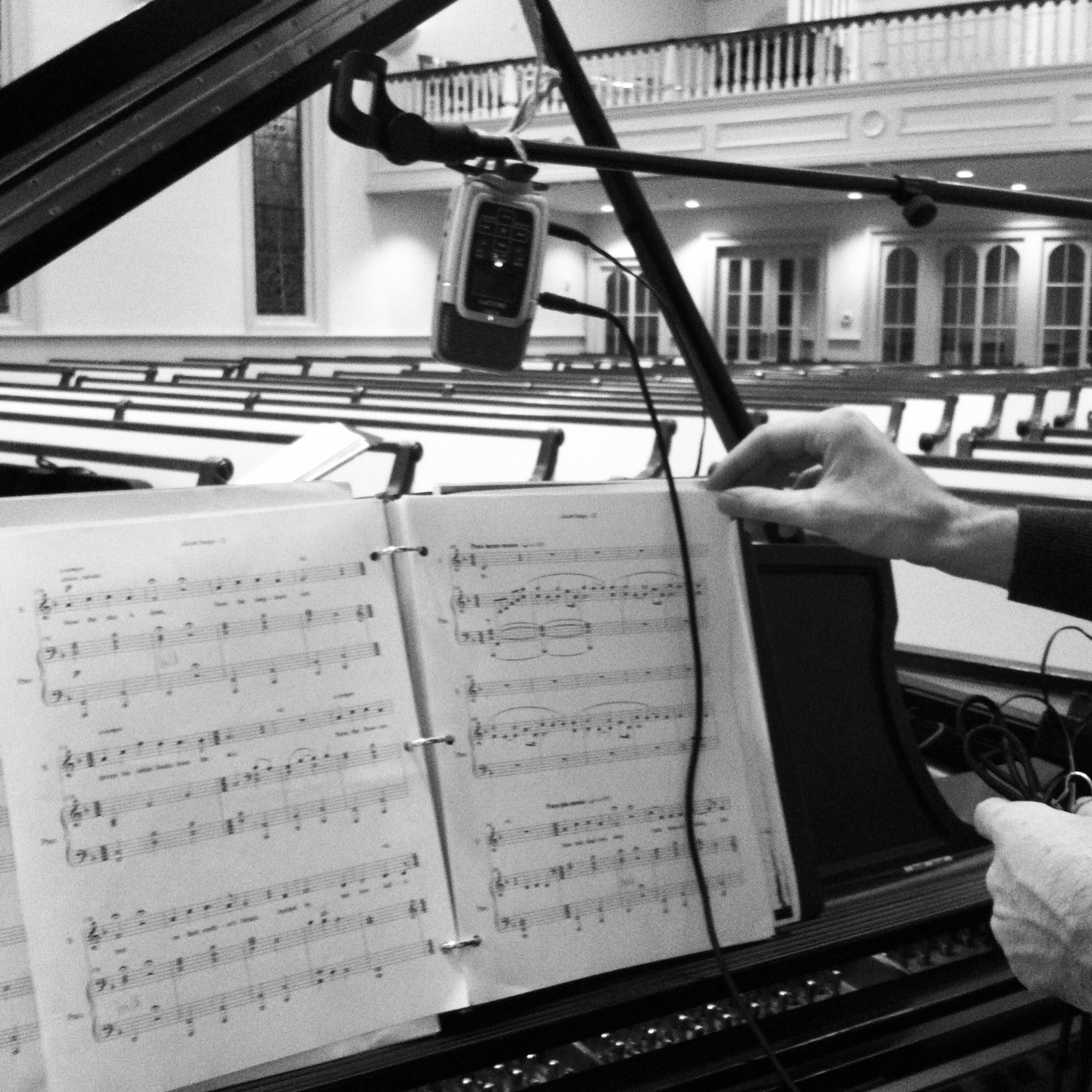
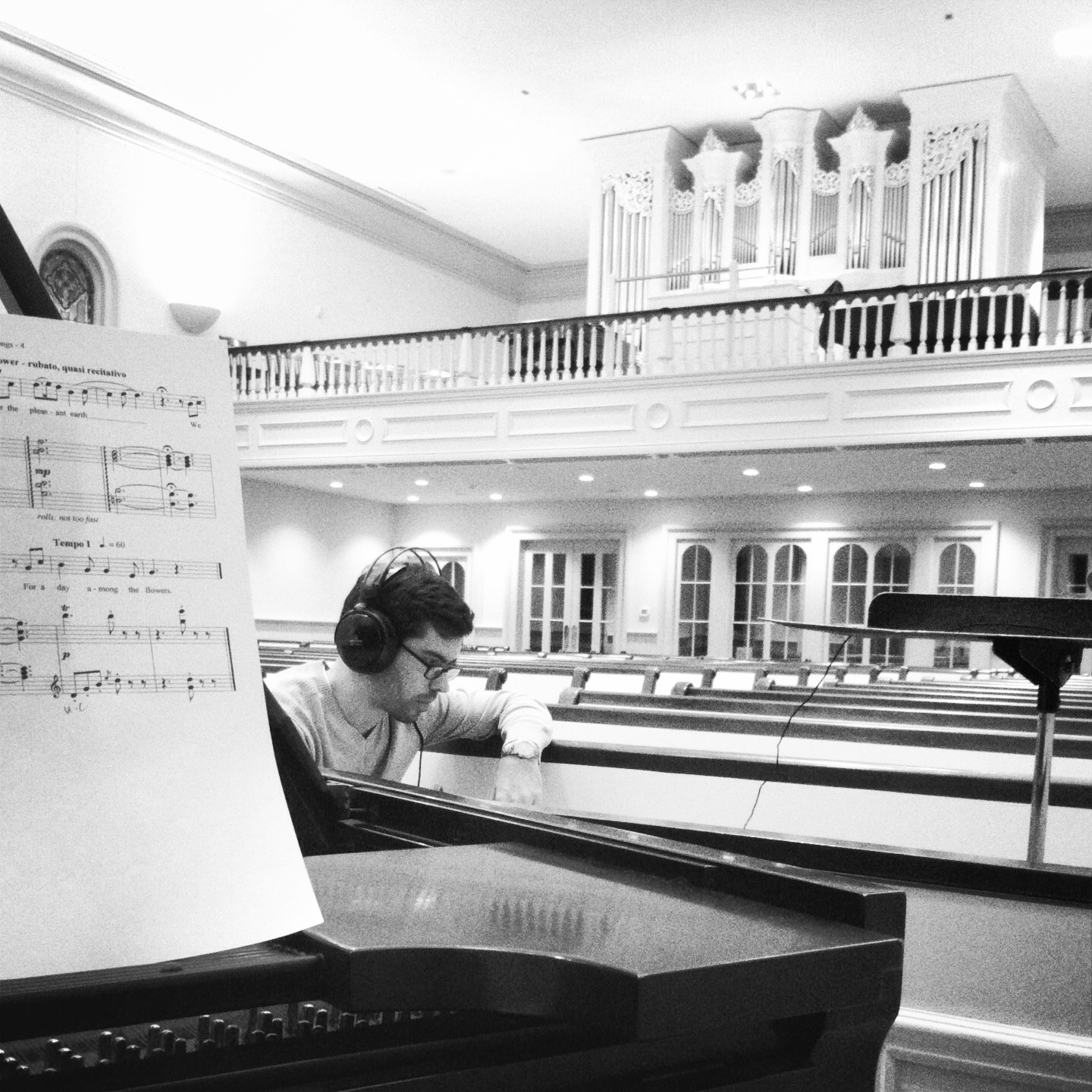
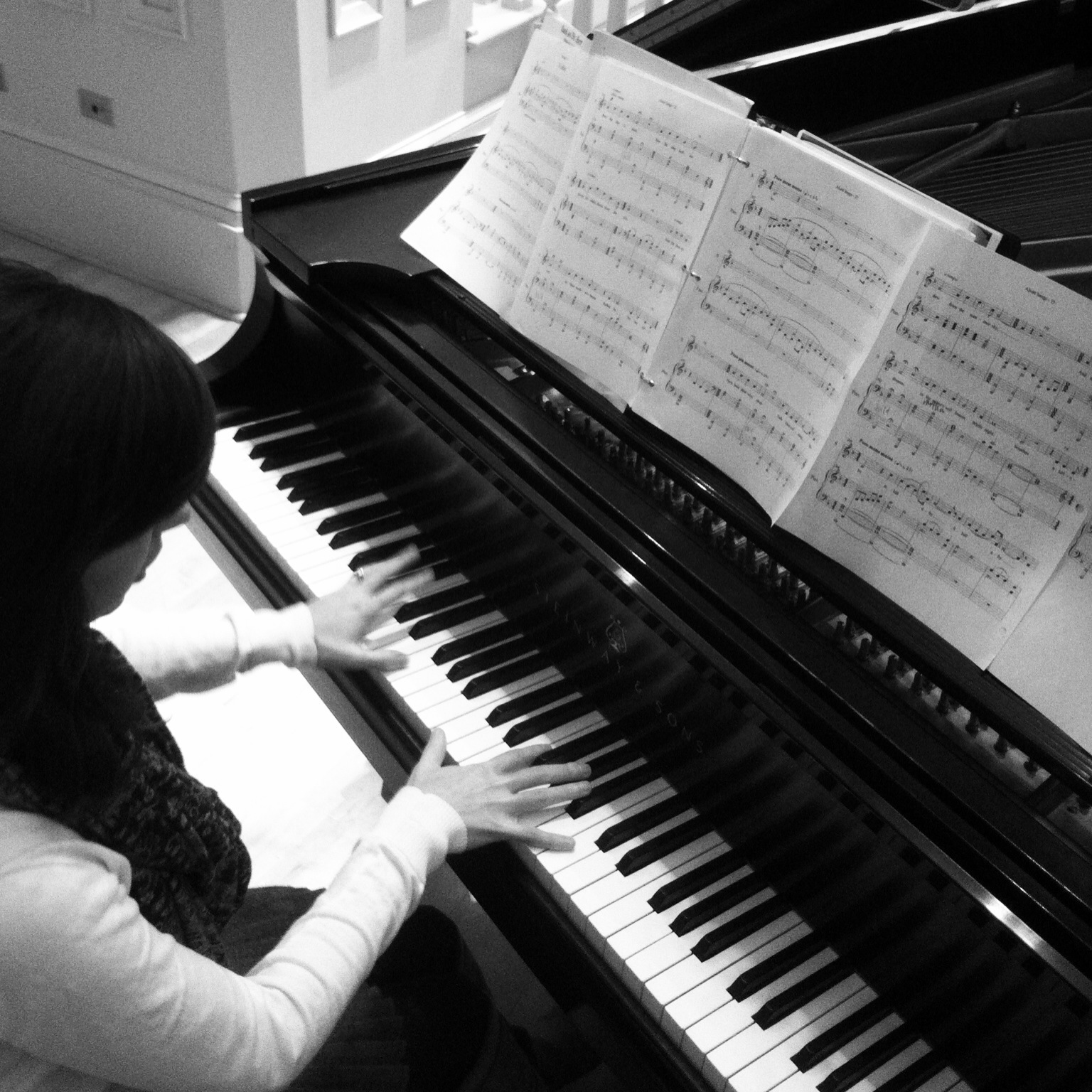


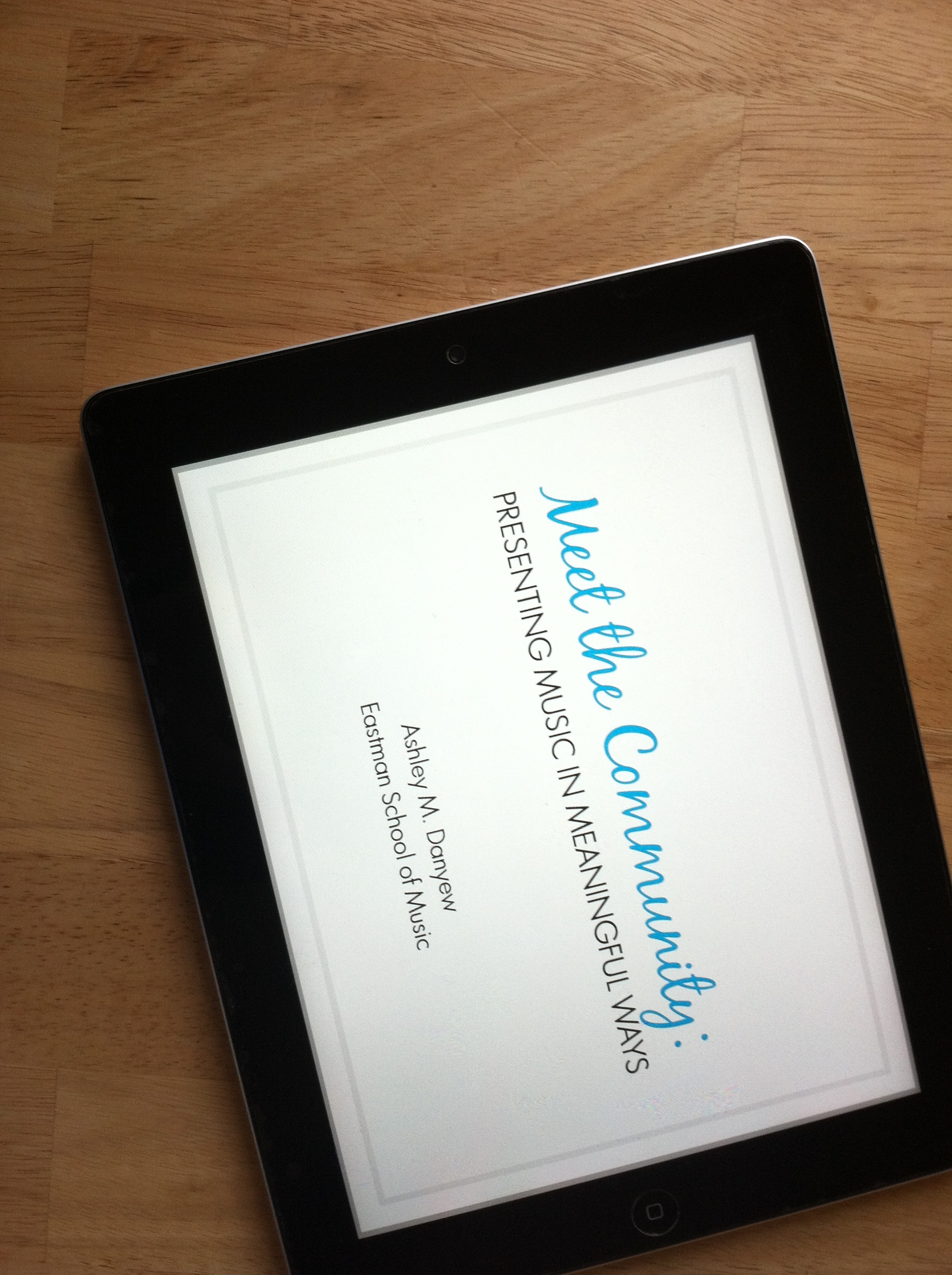
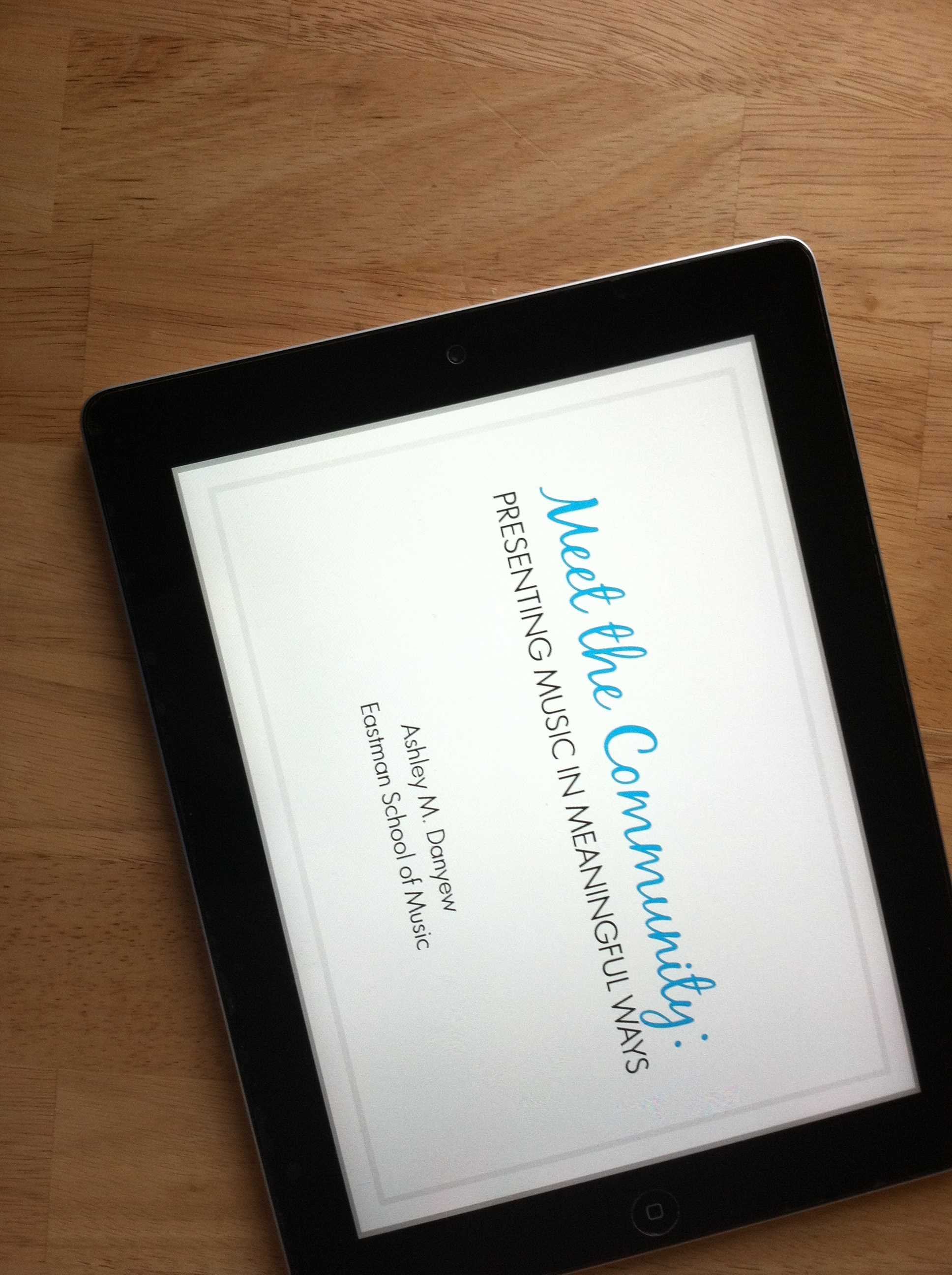 Earlier this spring, I had the privilege of presenting a workshop at the College Music Society (CMS) Southern/Mid-Atlantic Joint Regional Conference in Knoxville, TN.
Earlier this spring, I had the privilege of presenting a workshop at the College Music Society (CMS) Southern/Mid-Atlantic Joint Regional Conference in Knoxville, TN.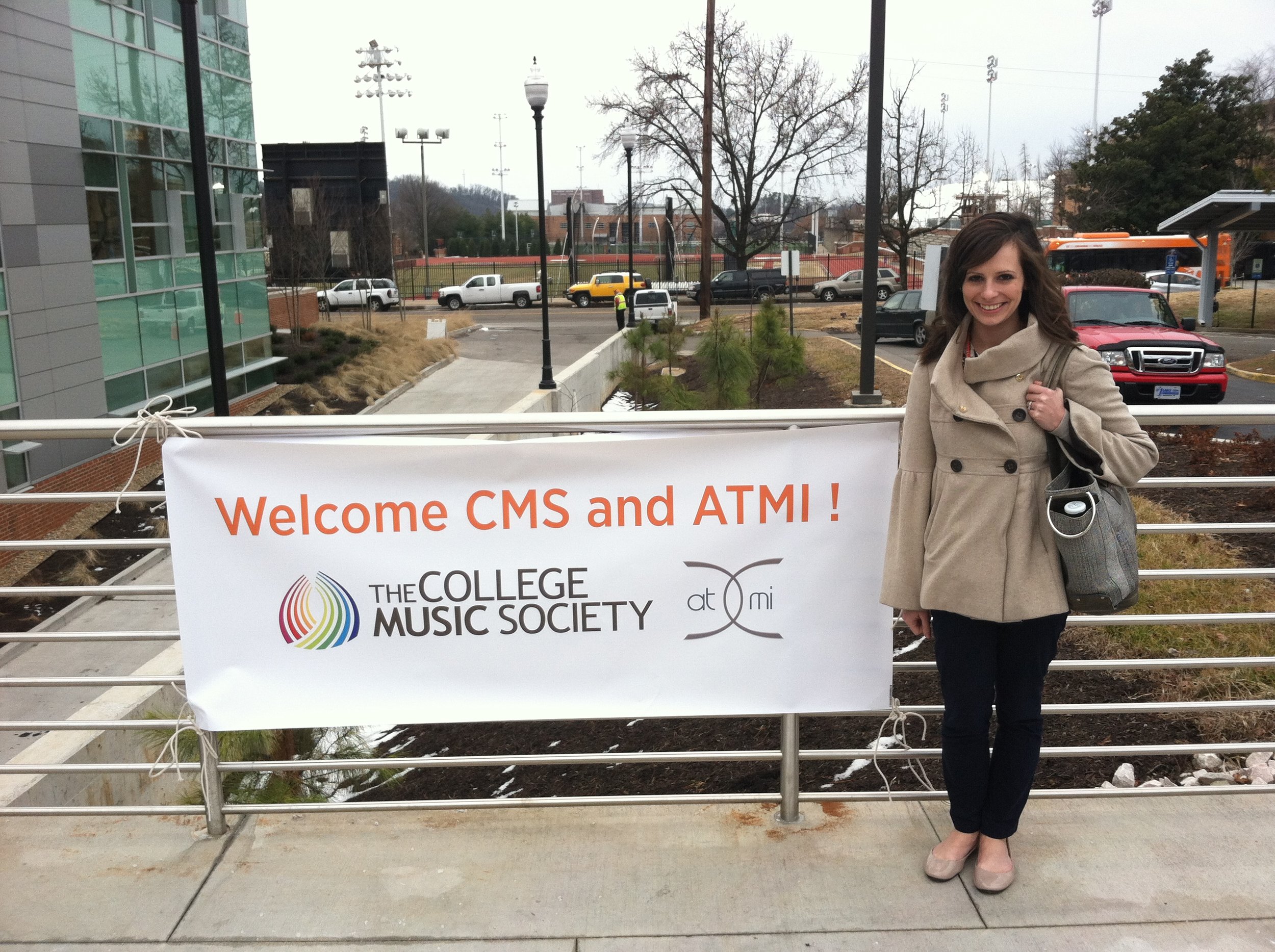
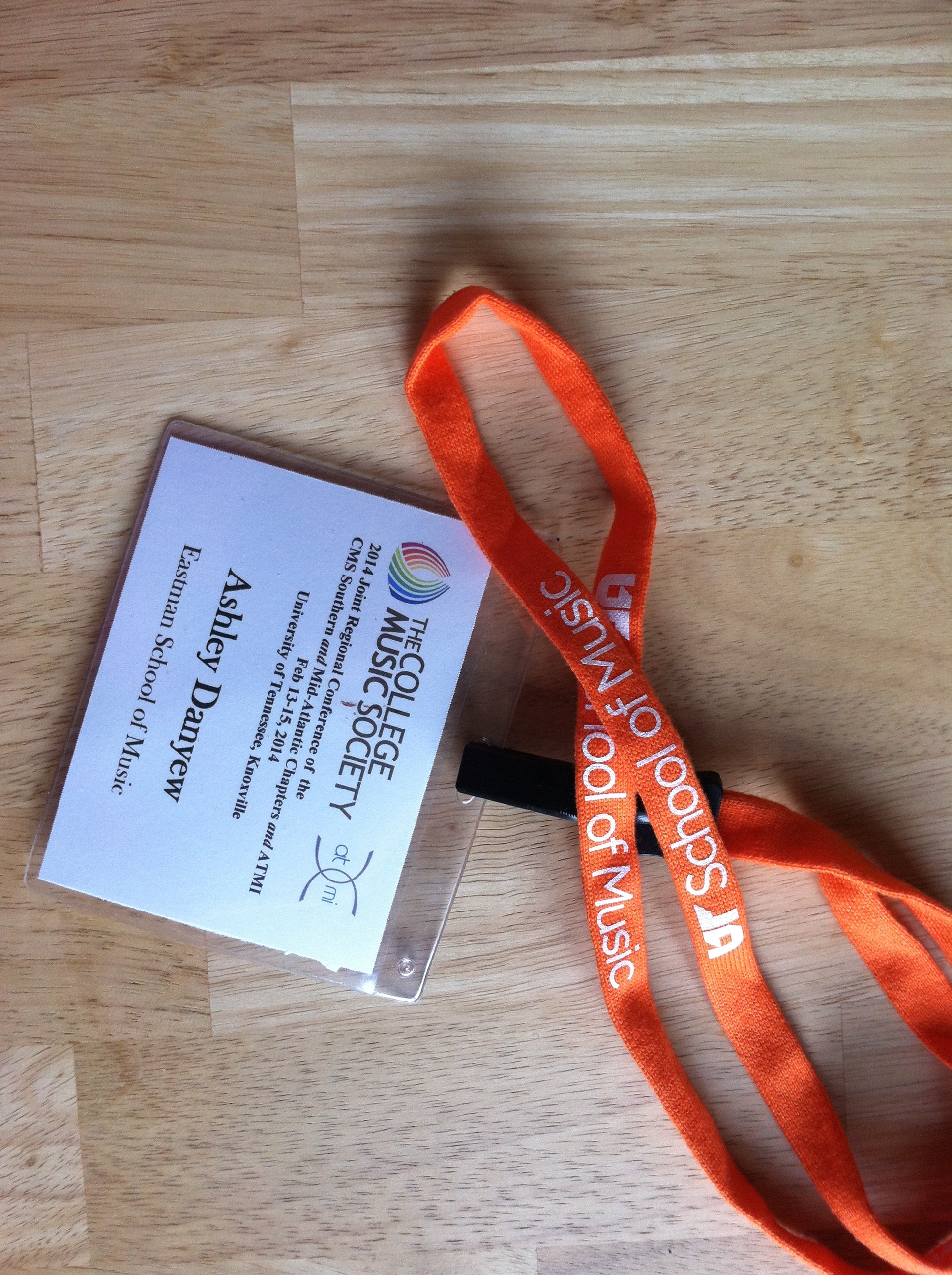




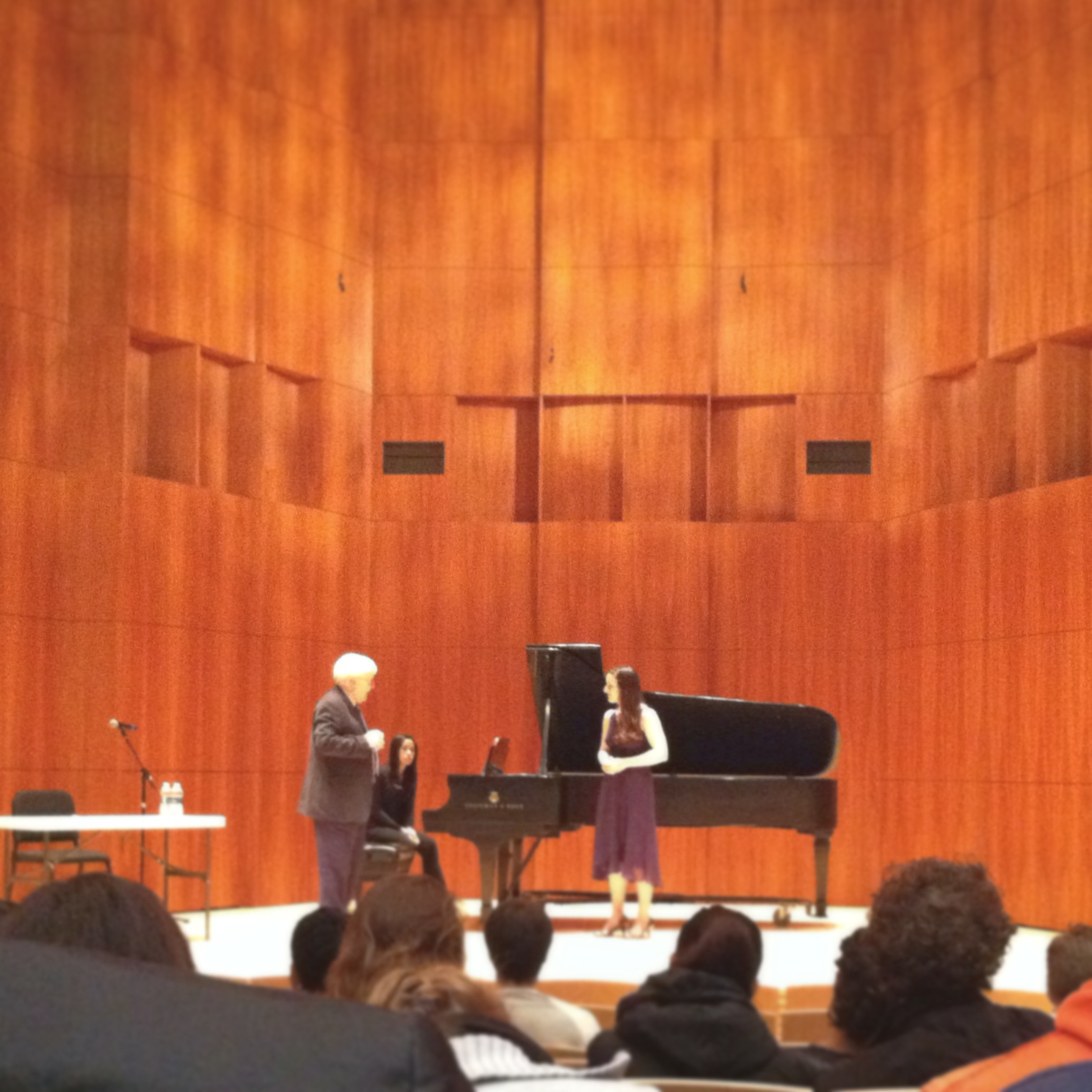 Last week, I had the opportunity to attend a masterclass presented by Graham Johnson at Eastman. What a privilege to learn from someone so wise and with so much experience! Eastman students performed eight songs of Schumann and Brahms (one by Schubert). Graham Johnson's perspective on music and performance was inspiring and enlightening.
Last week, I had the opportunity to attend a masterclass presented by Graham Johnson at Eastman. What a privilege to learn from someone so wise and with so much experience! Eastman students performed eight songs of Schumann and Brahms (one by Schubert). Graham Johnson's perspective on music and performance was inspiring and enlightening.




